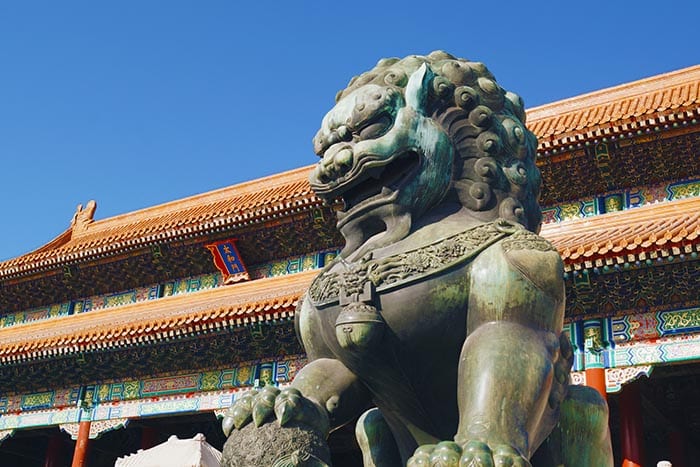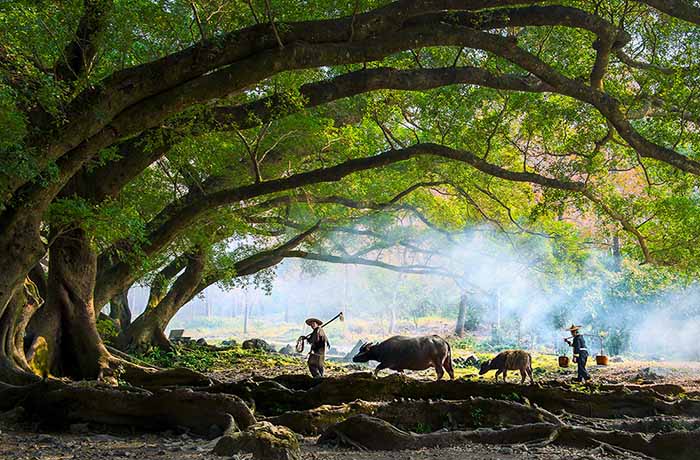
The History of Qigong
Life force energy, or Qi, is the foundation of Traditional Chinese Medicine. Qigong is a practice that allows the practitioner to work directly with this energy. Cultivated over thousands of years, today, this energy-based personal wellness exercise stems through two major branches. One is meditation focused, using intention to circulate universal life force energy for personal wellness. The other is incorporated into martial arts, to improve one’s power of attack and defense.
Like all things ancient, the true roots and history of Qigong are shrouded in mystery. However, we do have archeological clues as to how this system came into being. The earliest evidence comes from the Ma Huang Tui Tombs, which reveal depictions of dance postures that links breathing with specific movements. Researchers from the Shanghai Qigong Research Institute theorize that the Wu Shaman may have been the first to become aware of and channel subtle energy through ceremonial dance. The practice began by emulating the posture of animals, and wearing masks to further heighten the energy.

Qi energy was originally seen as synonymous with the breath, a vital substance that circulates through all of nature. This energy flows through all things; the plants, animals, and atmosphere, concentrating in mountains and rivers. Group shamanic rituals eventually evolved into a personal practice through the guidance outlined by the School of Natural Law, developed by the Confucian School of Philosophy. Initially, this art form was called Tao-Yin, or “leading the guiding energy.”
The first known published mention of this energy is found in the ancient Chinese classic, the I-ching (Book of Changes), before 1122 BC. The book outlines the concept of the three natural energies; Tian (Heaven), Di (Earth), and Ren (Man). Now, over 1,500 different styles of exercise exist to channel the interrelating natural energies as a way to take responsibility for the cultivation of one’s own energies.
Conscious meditation integrated into the practice between 502-557 A.D. when Da Mo, the first Buddhist Patriarch Bodhidharma brought Buddhism from India to China during the Liang dynasty. The power of the mind’s intention for channeling and regulating the energy is a critical part of Qigong today. Through meditation, one can become more fully aware of these energies, and direct them throughout the body accordingly.

Since the establishment of the Chinese Republic in 1912, the secrets of Qigong have circulated around the world. The benefits and sometimes miraculous results from this energy-based art form, after thousands of years of development, are finally being verified by modern Western science. Learn more about some of these studies in our other articles; The Miracles of Qigong Master Dr. Yan Xin, Scientific Evidence for Stopping Cancer from 3,000 Miles Away, and Can Subtle Energy Restructure Water?.
Increase Your Qi Flow
Sources:
Life Force: The Scientific Basis, by Claude Swanson PhD
https://www.iqim.org/about/history-of-qigong/
https://ymaa.com/articles/history/history-qigong
https://www.holdenqigong.com/history-of-qigong/
https://www.taoistsanctuary.org/history-of-qigong
http://www.shen-nong.com/eng/lifestyles/chinese_qi_gong_history.html






